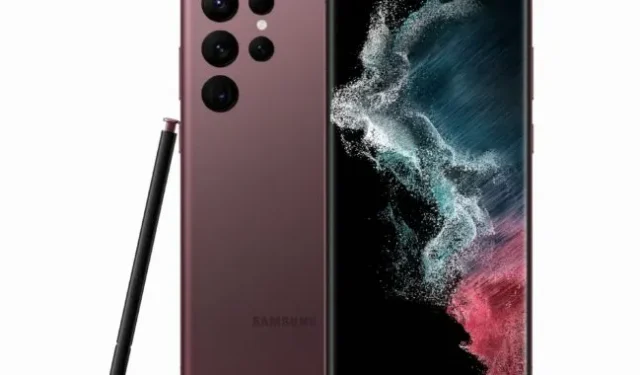Samsung reacts to app restriction detection and promises to release a kill switch

Samsung has responded to reports that it is restricting thousands of apps on its Galaxy line of smartphones.
With the launch of the Galaxy S22, users found that the built-in “Game Optimization Service”contained a list of approximately 10,000 apps that were restricted. This list includes just about every popular and famous app you can think of, from games to core Samsung apps like the home screen.
The only apps the service didn’t seem to target were benchmark apps, meaning that benchmark ratings don’t accurately tell how much power the most used apps have access to. Changing a test app like Geekbench to look like a normal app results in a 46 percent drop in CPU performance. The new Galaxy S22 isn’t the only smartphone with this kind of throttling feature; this goes back to the Galaxy S10.
Samsung today issued a statement to The Verge, saying, “We value the feedback we receive on our products and after careful consideration, we plan to release a software update soon to allow users to control performance while running gaming applications.”The spokesperson continued, “Game Optimization Service (GOS) was designed to help gaming applications achieve high performance while effectively managing device temperature. GOS does not manage the performance of non-gaming applications.”
There is a lot to unpack. First, Samsung’s claim that the Game Optimization Service only affects games is not true. The complete database has already been published, and only 3,200 of the 10,000 apps in the GOS database are games, so what are the 6,800 normal app lists in the game optimization service doing ? There’s no reason for Samsung to hard-code the package names of all these apps in its play service unless it messes around with them.
Samsung remotely controls your phone’s throttling?
Pinpointing exactly what Samsung does can be tricky. This post has timestamped Geekbench runs disguised as Instagram claiming that 1) Samsung restricts more than just games (really, why else would they be in the database?) and 2) that Samsung restricts these apps to only some of them. time? The post shows that the Instagram-Geekbench app is handled differently by the system throughout the day, scoring between 3200 and 2100 points at different times.
Samsung is believed to be changing the way the optimization service works remotely in response to complaints. Android apps absolutely can come with multiple behaviors, connect to a server, and change how they work with server-side flags. The way the app works today may be different from yesterday, even if you haven’t installed the update.
John Pool of Geekbench also reports that the throttling that happened yesterday is no longer happening today.
Samsung is at least promising to release a switch, but that part of its story doesn’t make much sense either. If this regulation was really necessary, then why is Samsung going to release a patch to allow users to turn it off? If Samsung were to use the battery life excuse, it would be a variable where the user control feature would be a good idea. Sometimes you need more battery life, and sometimes you’re next to a charger and you don’t care. But the variable slider for heat is rather strange. Heat either can dissipate or it can’t, and it either damages components or it doesn’t. It is still hard to imagine why this code was written at all, if it is intended not only for game tests.
SoCs are usually more independent and automatically slow down when they get hot, no matter what type of program they’re running. Some OEMs will permanently clock down hot SoCs preventing them from reaching higher MHz numbers due to thermal issues, and these OEMs report this lower clock speed on the data sheet. Samsung could have chosen either of these options or made the phone thicker and used a more powerful cooling solution. Instead, Samsung seems to have tried to address the heat issues without making any marketing concessions by allowing specs and benchmarks to display information not applicable for normal use.
Leave a Reply